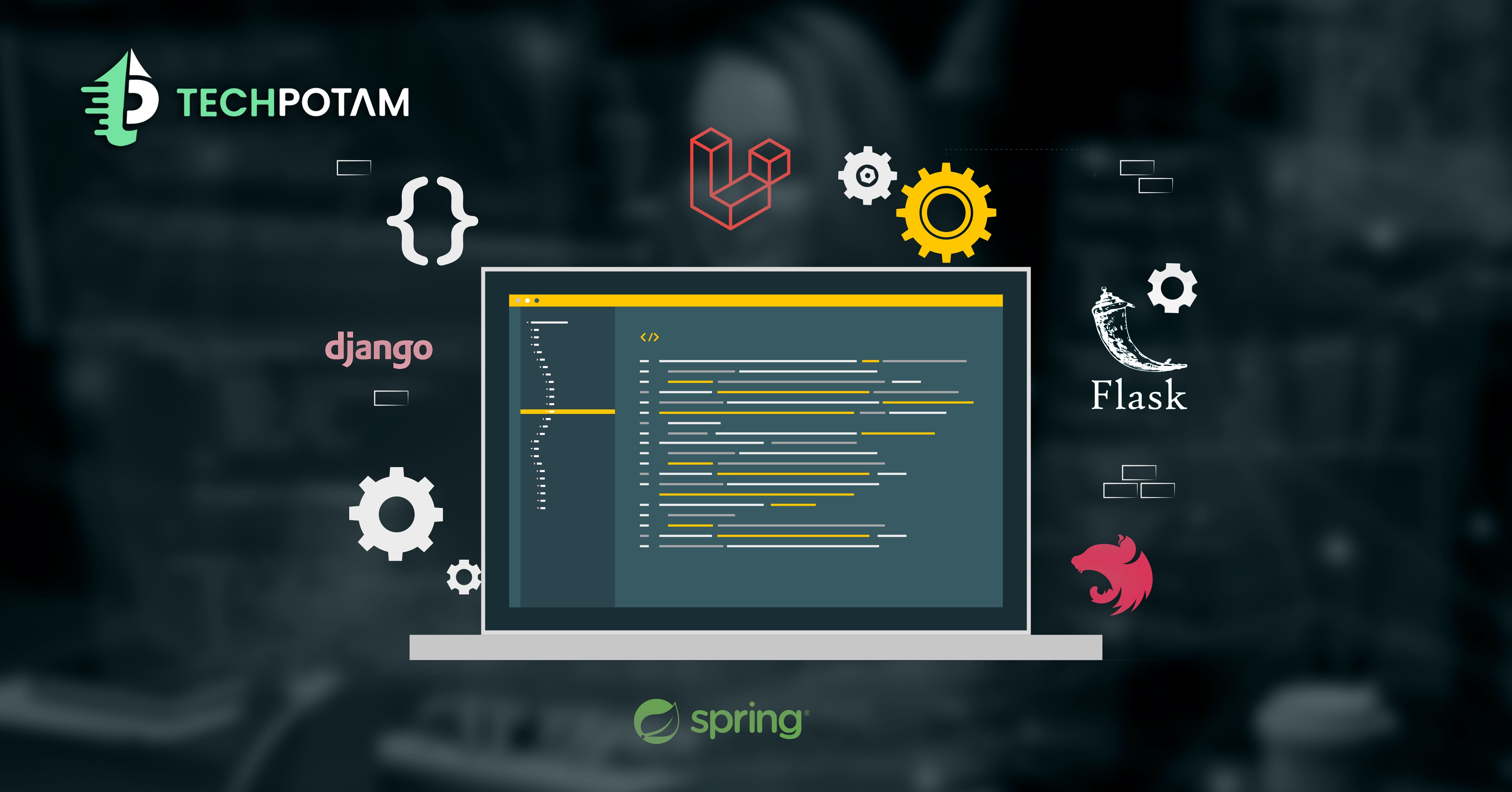In the realm of web development, developers have a plethora of technologies to choose from when embarking on a project. Among the options available, two prevalent categories are MERN and MEAN stacks.
While there are commonalities between these groups, each possesses distinctive attributes that render them better suited for particular types of work. To make an informed choice for your next web development endeavour, it’s imperative to weigh the pros and cons of each category.
This article undertakes a comparative analysis of the MEAN stack and the MERN stack, assessing their components, usability, effectiveness, and efficiency.
Understanding MEAN Stack
The MEAN stack, an acronym for MongoDB, ExpressJS, AngularJS, and Node.js, offers a rapid and streamlined approach to building web and mobile applications. Its core components include:
- MongoDB: A No-SQL database used for storing backend application data in JSON format.
- ExpressJS: A backend application framework that operates on top of Node.js.
- AngularJS: A front-end framework responsible for executing code within web browsers.
- NodeJS: A runtime system that enables JavaScript to run on the backend of web applications.
One prominent advantage of the MEAN stack lies in the fact that the entire codebase is written in JavaScript, simplifying the learning curve, especially for beginners.
Advantages of the MEAN Stack
- Complete Development: The MEAN stack offers a comprehensive solution for web development, enabling developers to create both the front-end and back-end of an application using a single technology stack.
- JavaScript-based: The entire MEAN stack is constructed using JavaScript, facilitating the use of a single programming language throughout the development process.
- Scalability: MEAN stack excels in scalability, thanks to the inherent scalability of Node.js and the adaptability of MongoDB.
- Flexibility: MongoDB’s versatile data model and Express.js’s middleware architecture provide substantial flexibility for designing and building web applications.
Disadvantages of the MEAN Stack
- Learning Curve: Acquiring proficiency in all four components of the MEAN stack can be demanding, especially for developers new to web development.
- Performance: While Node.js is renowned for its speed and efficiency, it may not be the optimal choice for applications that demand extensive CPU-intensive processing.
- Community Support: Although the MEAN stack boasts a growing developer community, it may not enjoy the extensive support seen in other popular web development stacks like LAMP or Ruby on Rails.
- Security: Ensuring the security of applications built on the MEAN stack may necessitate additional security measures, such as authentication and authorization.
Furthermore, the stack’s integrated nature significantly reduces development time and cost. It encompasses various supporting libraries and reusable modules, facilitating the creation of a scalable minimum viable product.
Understanding MERN Stack
The MERN stack, an abbreviation for MongoDB, ExpressJS, ReactJS, and Node.js, similarly facilitates the swift and efficient development of web and mobile applications, with Java as a primary component. The fundamental elements of the MERN stack encompass:
- MongoDB: A document-oriented No-SQL data store employed for storing backend application data.
- ExpressJS: A layered framework built upon NodeJS, responsible for managing the backend functionality and structure of a website.
- ReactJS: A library designed to simplify the creation of user interface components for single-page web applications.
- NodeJS: A runtime environment that can execute JavaScript on a machine.
A subtle distinction in the MEAN vs. MERN comparison is that the MERN Stack serves as a popular alternative to the MEAN Stack by substituting Angular.js with React.js.
Advantages of the MERN Stack
- Single Language: The MERN stack relies entirely on JavaScript, simplifying the transition between front-end and back-end development for developers.
- High Performance: MERN stack harnesses the power of Node.js for server-side programming, delivering exceptional performance and scalability.
- Large Community: The MERN stack benefits from a substantial and active developer community, providing access to abundant resources, tutorials, and support.
- Modular Architecture: The MERN stack embraces a modular architecture, enabling the reuse of code and components, thereby reducing development time and effort.
Disadvantages of the MERN Stack
- Steep Learning Curve: Mastering the MERN stack can be challenging, particularly for beginners unfamiliar with the involved technologies.
- Security Concerns: Like any web application, security is a priority with the MERN stack, necessitating the implementation of adequate security measures to guard against potential threats.
This change introduces the concept of a virtual DOM, where only the altered object state updates in the real DOM, resulting in improved loading speed, as opposed to the traditional DOM, which necessitates updating the entire object list, leading to slower loading times.
Comparison factors: MEAN stack vs MERN stack
1- MEAN stack vs MERN stack: Learning Curve
MEAN stack uses AngularJS as its front-end framework, which has a steeper learning curve compared to ReactJS, used by the MERN stack.
AngularJS can be more challenging to work with for larger projects since it has a lot of built-in features and can be more complex to configure.
ReactJS, on the other hand, has a simpler learning curve and is more flexible in its configuration. This flexibility makes it easier to scale for larger projects.
2. MEAN Stack vs MERN Stack: Architecture
The MEAN stack uses the Model-View-Controller (MVC) architecture, which separates the application into three parts: the model (data), view (user interface), and controller (logic). This separation of concerns makes it easier to maintain and modify the codebase.
MERN stack, on the other hand is not strictly MVC or MVVM architecture, but rather it is an implementation of the three-tier architecture, where the client-side is responsible for the View layer and the server-side is responsible for the Model and Controller layers.
3. MERN stack vs MEAN stack: Productivity
The MEAN stack offers more out-of-the-box features, making it easier to get started with building an application quickly. It has a pre-built set of modules and features that can be used to create robust web applications.
MERN stack, however, requires more configuration and setup, but it provides greater flexibility and customization. Developers can choose the tools they want to use and configure them according to their needs.
4. MEAN stack vs MERN stack: Third-Party Support
The MEAN stack has been around longer than the MERN stack and has a larger community of developers, which means that it has more third-party support. There are more resources, plugins, and libraries available for the MEAN stack than for the MERN stack.
However, the popularity of the MERN stack is increasing, and it has a growing community of developers who are creating more tools and plugins to support it.
5. MEAN stack vs MERN Stack: Features
MEAN stack has built-in support for features such as testing, validation, and routing. It also has a robust set of modules and features that can be used to create complex applications quickly.
MERN stack, on the other hand, provides greater flexibility and customization. Developers can choose the tools they want to use and configure them according to their needs. This flexibility makes it easier to create scalable and complex applications.
6. MERN stack vs MEAN stack: Security
Both MEAN and MERN stacks provide security features such as user authentication, authorization, and encryption. MEAN stack has had more time to establish security best practices and has a larger community of developers working on security issues. MEAN stack also has built-in support for security features, making it easier to implement them.
MERN stack, on the other hand, provides greater flexibility and customization options, which means that developers have more control over the security of their applications. However, this also means that developers need to take extra care to ensure that their applications are secure.
Conclusion: MEAN stack vs MERN stack
After comparing the MEAN and MERN stacks, it becomes evident that each stack brings its unique advantages and drawbacks to the table. While the MEAN stack benefits from a larger and more established community, along with a mature set of technologies, the MERN stack is rapidly gaining popularity due to its straightforward and user-friendly nature.
The primary distinction between the two stacks lies in their architectural structure, with the MEAN stack excelling in handling substantial, complex applications and the MERN stack taking the lead in swiftly developing smaller projects.
In summary, both the MEAN and MERN stacks offer commendable scalability, flexibility, and third-party support, rendering them well-suited for constructing large-scale web applications. The choice between the two should be based on the specific project requirements and the developer’s expertise.














